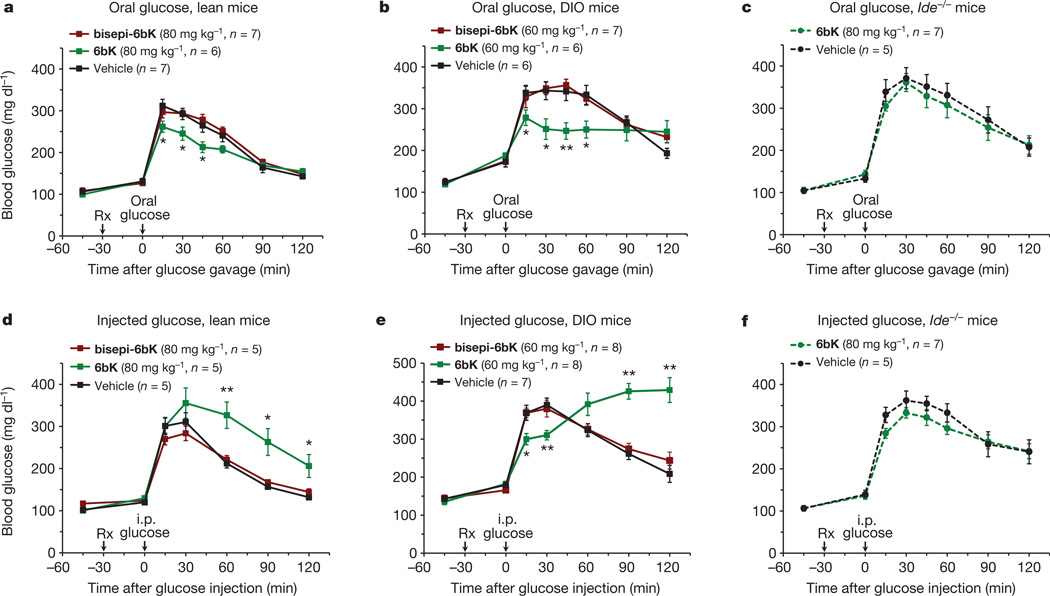Figure 2. Physiological consequences of acute IDE inhibition by 6bK on glucose tolerance in lean, DIO and Ide−/− mice.
a, b, Oral glucose tolerance during acute IDE inhibition. a, Male C57BL/6J lean (25 g) mice were treated (at time Rx) with a single i.p. injection of IDE inhibitor 6bK, inactive control bisepi-6bK, or vehicle alone, 30 min before glucose gavage (3.0 g kg−1). b, DIO mice (35–45 g) were treated with 6bK, and inactive control bisepi-6bK or vehicle alone 30 min before glucose gavage (3.0 g kg−1). c, Mice lacking the target (Ide−/−) treated with 6bK followed by oral glucose (3.0 g kg−1) produce a response comparable to that of vehicle-treated Ide−/− mice. d, e, Glucose tolerance phenotypes after i.p. injection of glucose (1.5 g kg−1) in, respectively, lean (d) and DIO (e) male mice treated with 6bK, inactive bisepi-6bK, or vehicle alone. f, Mice lacking IDE treated with 6bK followed by IPGTT (1.5 g kg−1) produce a response comparable to that of vehicle-treated Ide−/− mice. Area under the curve (AUC) calculations are shown in Extended Data Fig. 9. Data: mean ± s.e.m.; *P < 0.05, **P < 0.01 in two-tail Student’s t-test. Data shown in a, b, d and e are representative of two or more independent studies. Control studies using knockout mice were performed once.

